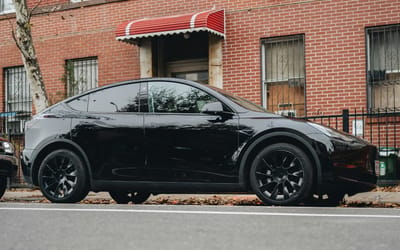After conquering Le Mans and rally, Audi takes on its biggest challenge yet in Formula 1
Published on Nov 13, 2025 at 12:00 AM (UTC+4)
by Alessandro Renesis
Last updated on Nov 13, 2025 at 9:32 PM (UTC+4)
Edited by
Emma Matthews
Audi is the new kid on the block when it comes to Formula 1.
After competing – and winning – in just about any and every other form of motorsport, Audi has finally joined Formula 1.
It’s been a long ride.
But this is only the beginning.
DISCOVER SBX CARS: The global premium car auction platform powered by Supercar Blondie
From Quattro to Le Mans, this is how they got here
Formula 1 is universally considered the pinnacle of motorsport.
And it’s tough.
There are 24 races – for now – in a season, and you get 25 points per win, and each win requires a lot of hard work from a squadron of engineers, technicians, and tacticians.
And it’s all to no avail unless you’ve got an exceptional racing driver.
It’s like a chain comprising about 100 different links, and you need all 100 of them to work seamlessly, all of the time. It’s hard, but it’s where everyone wants to be, and now Audi is joining the game.
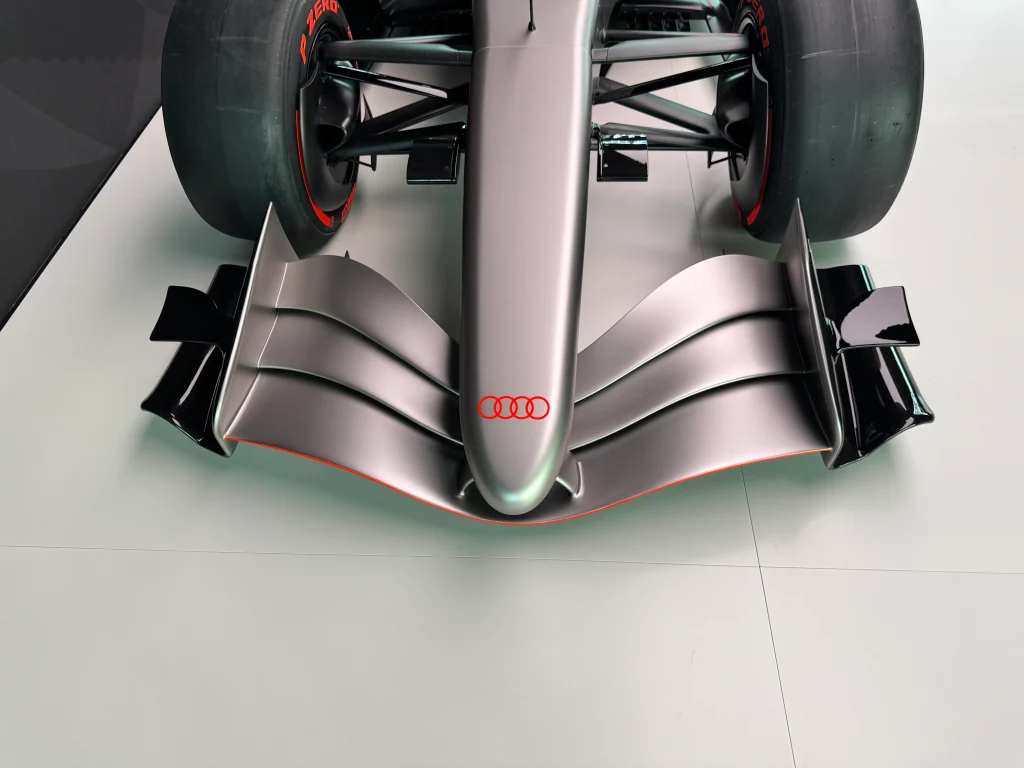
Back in the 1930s – Audi was called Auto Union back then – the German automaker was already building some fast race cars.
After 50 years of hits, misses, trials, and wins, Audi finally struck gold in the 1980s when it invented Quattro, an all-wheel drive system that it used to dominate the rally world.
The Quattro’s trajectory peaked in 1987, when Walter Röhrl won Pikes Peak with a record time.
Audi then decided to move on to Le Mans, which it also dominated.

With cars like the R8 and, later, the R18 e-tron Quattro, Audi won 13 times in 15 years.
Like most ‘new’ F1 teams, Audi decided to use existing, but defunct, F1 team assets.
Instead of building an entirely new operation, Audi bought into Sauber Motorsports, piece by piece, until it owned the whole thing.
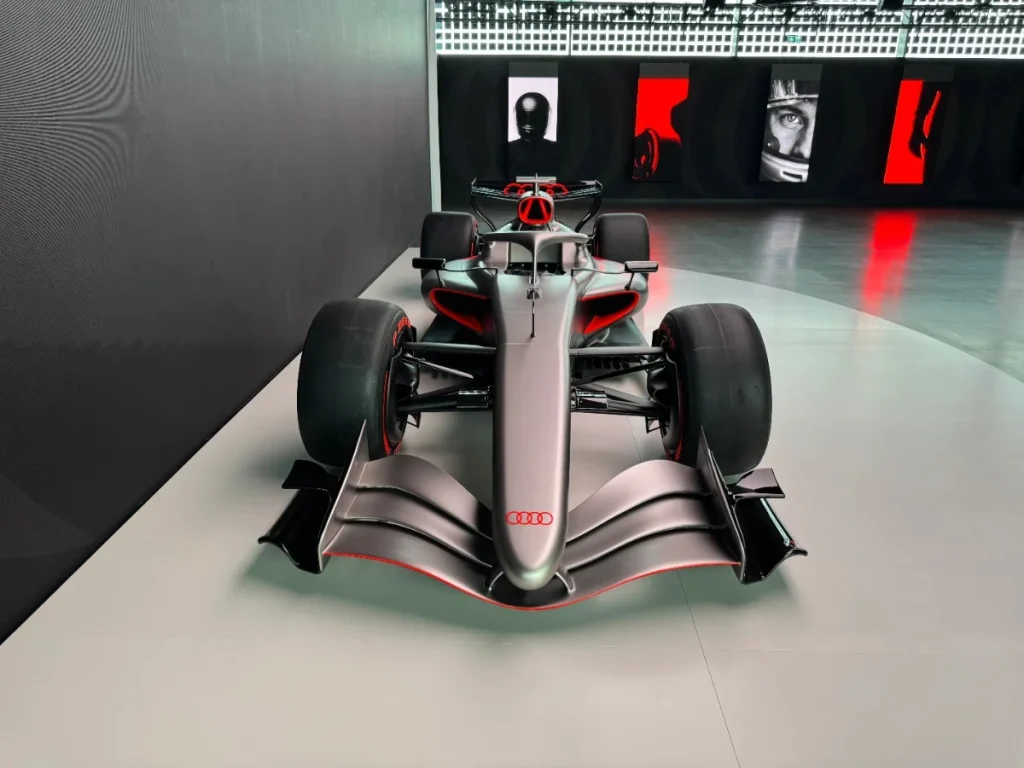
A closer look at the new Audi F1 car
The hybrid engine, the energy recovery system, and the battery unit – every component had to be designed from scratch to comply with the new 2026 regulations.
Audi spent thousands of hours gathering airflow data, all to shave off fractions of a second, which can make all the difference in a race.
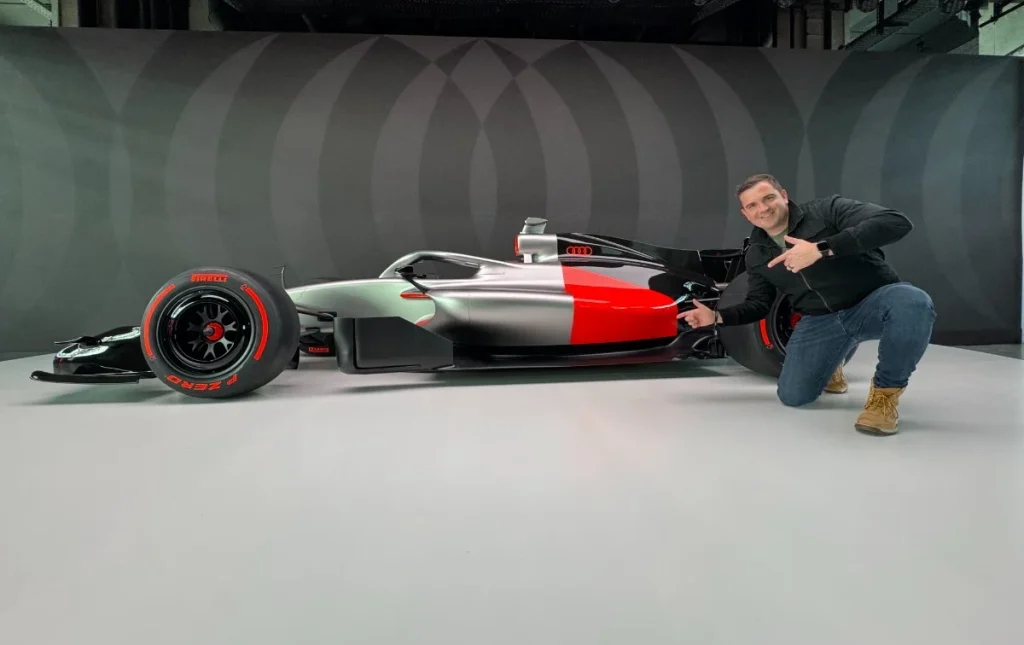
The hybrid system will produce three times more electric energy than current cars – up to 350kW (470hp) just from the battery.
Not bad for a car that only weighs 768kg.
The V6 turbo engine is here to stay, but it runs on 100 percent synthetic fuel.
And the car is also more efficient due to better downforce and reduced drag (-55 percent when compared to old F1 cars).
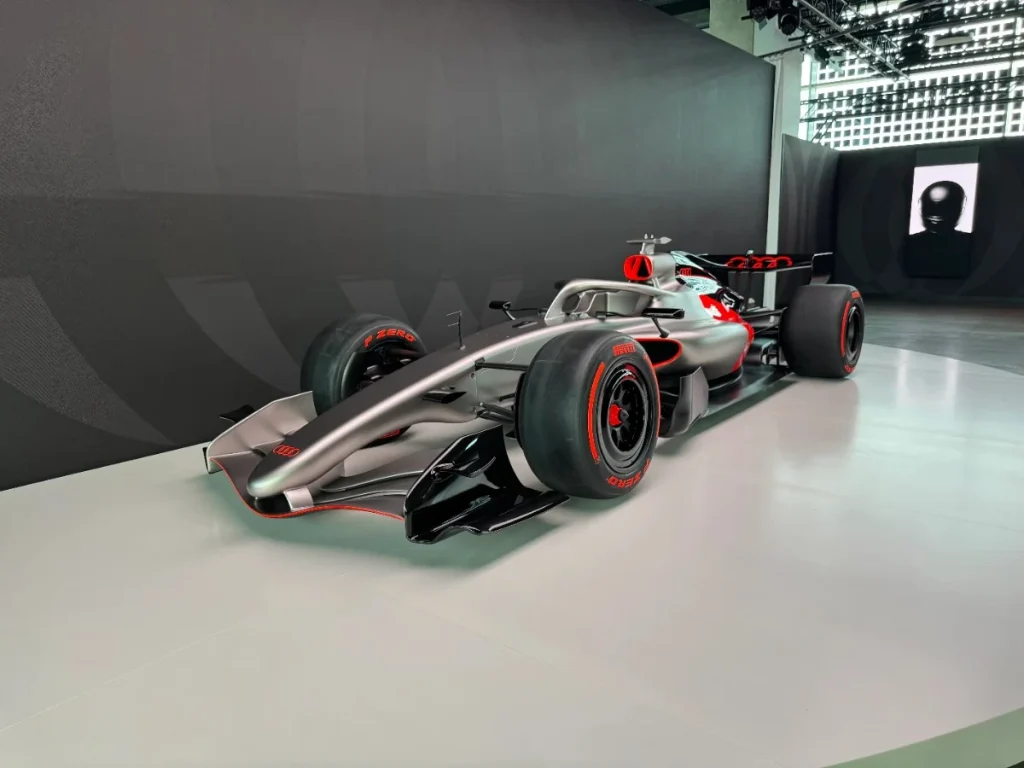
Meanwhile, Audi also began to assemble their drivers, led by Nico Hülkenberg and Gabriel Bortoleto.
At this point, the only thing left for us to do is wait.
As per tradition, the 2026 F1 season is set to commence in Melbourne, Australia, on March 6, 2026.



